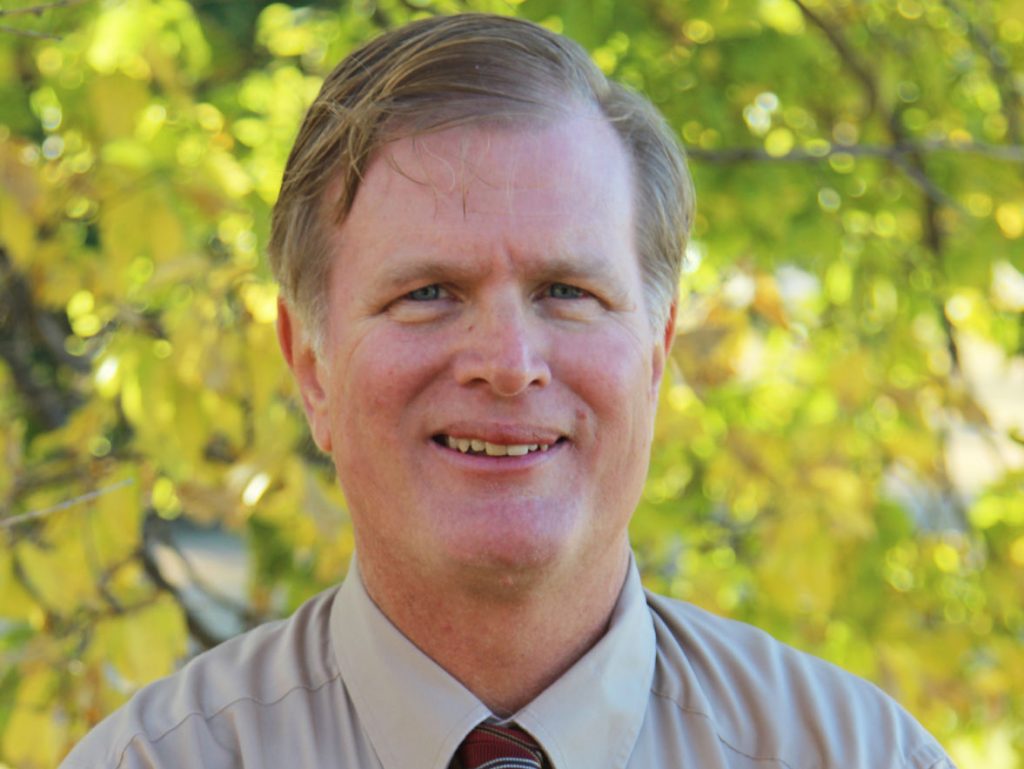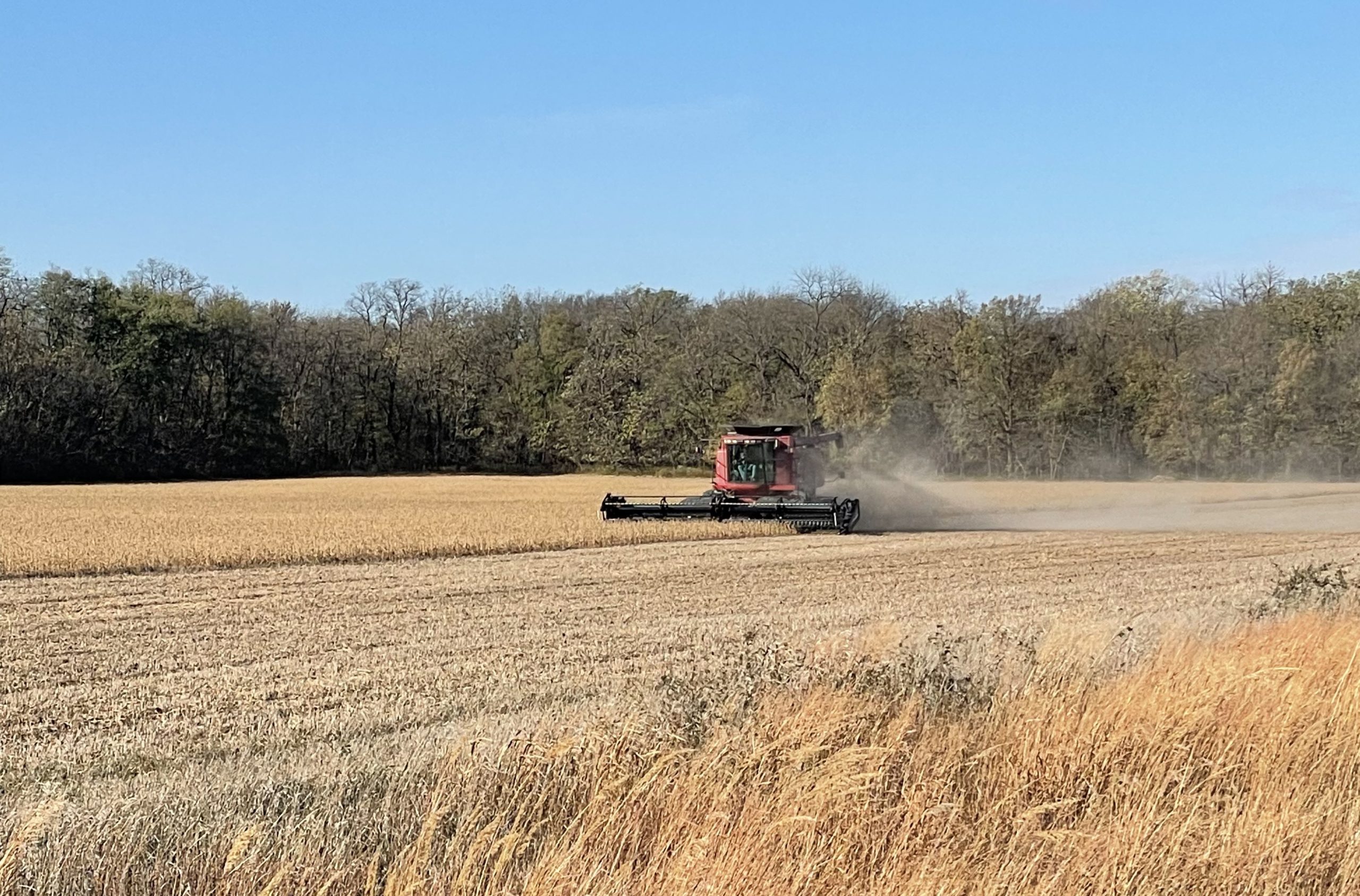In the past three editions our staff has written stories about a recent health summit in South Dakota. The focus of the summit has been on rural care, patients they serve and obstacles to delivering service.

When it comes to health care—no matter whether you live in a rural or urban area—we take it for granted until we need it for ourselves or loved ones. When a clinic or hospital closes it has a ripple effect on a community. The smaller the community the more impact is felt.
The Future of Rural Health Care presented by Sanford Health of Sioux Falls, South Dakota, brought out key points:
• Health care is expensive and must become efficient.
• In remote regions technology can help deliver services.
• Well-meaning but costly government regulations, particularly for nursing homes, can be counterproductive and lessen availability of care. More input and local control is crucial.
• Doctors and nurses need to be able to spend more time with patients rather than in front of a computer.
• Rural health care is widely praised and appreciated by Congress, but the House and Senate need to help do more to lower costs.
• No one expects federal reimbursements stave off a facility closure but rather efficiencies gained should be invested in ways to benefit patients.
• Fatigue and frustration are becoming more of a challenge for patients and those who serve them. Misinformation is not a small matter. Rebuilding trust is a bridge that has to be built and listening needs to be paramount by all sides.
• Personal responsibility is a driver of future health care costs and is tied to our own habits. Reducing hypertension, diabetes and obesity can go a long way to lessening complications when acute care is needed.
• Investment in mental health care services can help counteract depression and stigmas.
Health care in rural communities is not going to be easy. Many rural counties, according to the U.S. Census and U.S. Department of Agriculture, have chronicled the loss of populations as technology has made food production more efficient as the size of farms have grown and farm families are much smaller today than they were several generations ago.
Those dynamics will not change for most rural regions.
Collectively, as was brought out in the summit, rural communities will need access and adopt technology, advocate for those in need and recognize that working together is pragmatic.
We’d also put a plug in for first responders—emergency medical technicians, paramedics and firefighters—that they receive resources to save the lives and properties of farmers and ranchers and rural families. If they are stretched too thin, then saving an accident victim is much tougher.
The rule for rural America is that emergency services belong to everyone. The same applies to health care and nursing home services.
Dave Bergmeier can be reached at 620-227-1822 or [email protected].
Sign up for HPJ Insights
Our weekly newsletter delivers the latest news straight to your inbox including breaking news, our exclusive columns and much more.

